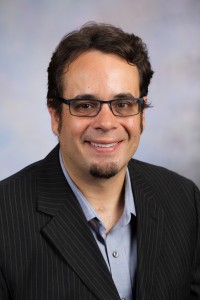Research Spotlight: Walter Leite

Q & A with Walter Leite, Ph.D., Professor in the School of Human Development and Organizational Studies in Education
What basic questions does your research seek to answer?
In education, researchers have available a large amount of secondary data. These include national educational surveys, data collected by state departments of education, and data collected by online learning environments. Although these data do not come from experimental studies, educational researchers frequently use them for evaluating educational programs. Therefore, my first basic research question is, How can we strengthen causal inference from research performed using large non-experimental datasets? In addition, large-scale educational data can be used in an exploratory way to identify students at risk or who have specific growth trajectories. Identifying clusters of students is important to target interventions and to understand contextual effects of educational systems. Based on this, my second question of interest is, How can we detect clusters of individuals in large datasets?
What makes your work interesting?
Because I work with large non-experimental data that are very messy, I am always encountering unexpected challenges that are fun to address. I know of a large toolbox of methods to make causal inference stronger, which come from statistics, psychometrics, econometrics, biostatistics, and computer science. When collaborating in educational research, I am always excited when I get the opportunity to apply a new statistical method to educational data. The colleagues I collaborate with get excited when they see that a statistical method I applied provides stronger evidence of validity for the interventions of interest.
What are you currently working on?
I am currently working on integrating structural equation modeling and propensity score methods for causal inference. I am a co-PI in multiple projects where I am attempting this integration to strengthen program evaluation results, including Algebra Nation and the Performance Funding Project of the Office of Early Learning. I am also working on mixture modeling methods to identify clusters of students who have different patterns of Algebra Nation usage.





